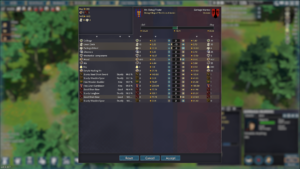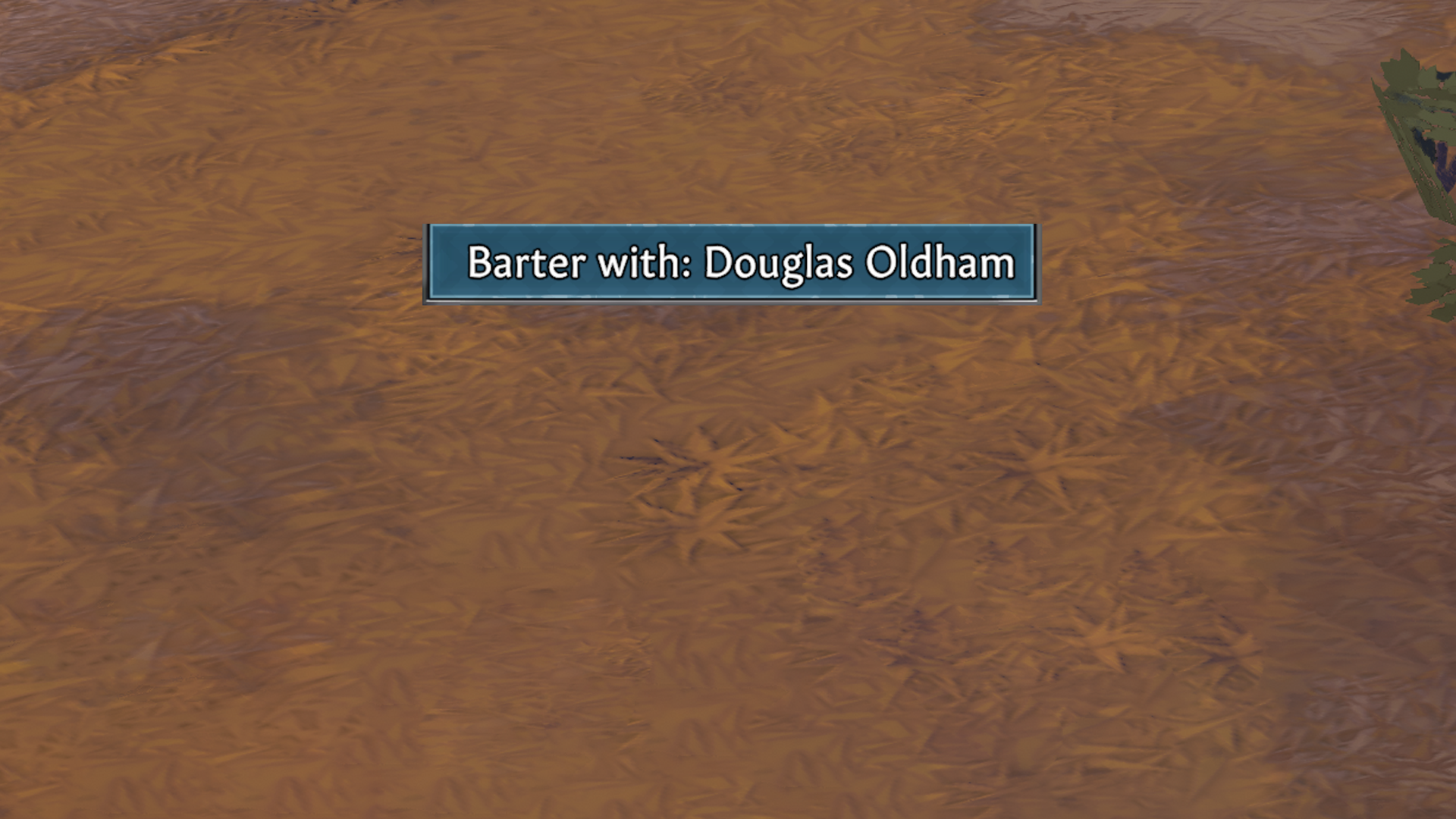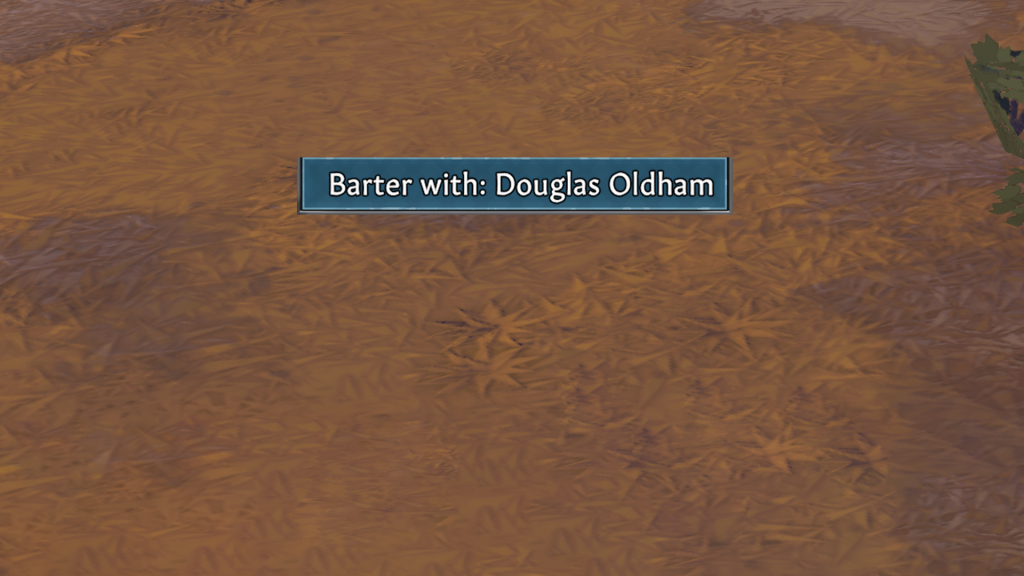Greetings, medievalists!
New Monday, new talk, and a new feature. If you don’t want to be spoiled, now is the time to stop reading.
This was mentioned in the previous talk, but let’s extrapolate it. We are, of course, talking about the trading process.
We need to clarify that trading is done in a manner of exchange – goods for goods. There is no money to be made or to give. The rampant plague known as the Black Plague in our game was one of the harshest periods that made 95% of the global population perish. Money was the least of the problems for the people that survived, and exchanging resources as a means to survive and prosper made sense.
Let’s say that you’ve been playing on the “Valley” map type and you are missing that sweet, sweet limestone, but you have more than enough clay. Here comes a merchant with enough limestone – players will select their settler and engage a merchant. As a result, this screen will appear:

In the trading screen, the player determines what will be given to the trader and what will be taken. Players should keep their eyes on the scale, as it goes in favor of who has more wealth at the end of the transaction. One side represents the amount of wealth the player will take in the transaction, while the other represents what the player will give in the transaction. It’s important to keep the scale balanced, because if the player asks for more things than the trader offers – it may result in a dispute and the trader unwilling to do the transaction.Once the trade has been accepted, the player’s resources from stockpiles and shelves will disappear, and the trader will drop the things they have sold.
Want to gamble even more? You will be able to attack the trader and try to take away things you’ve sold, by force. But what are the consequences of these actions? Stay tuned and see you next week when we talk about the trades in more detail. Until then…
Stay Medieval!

